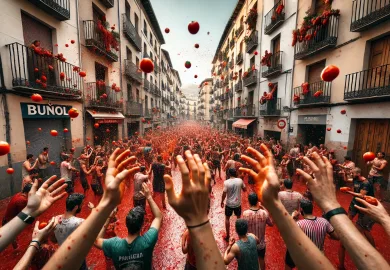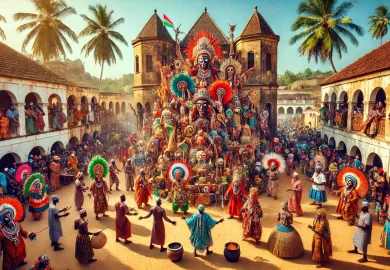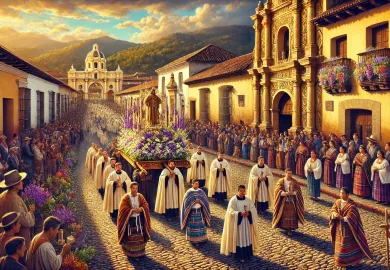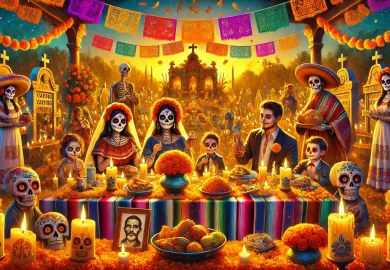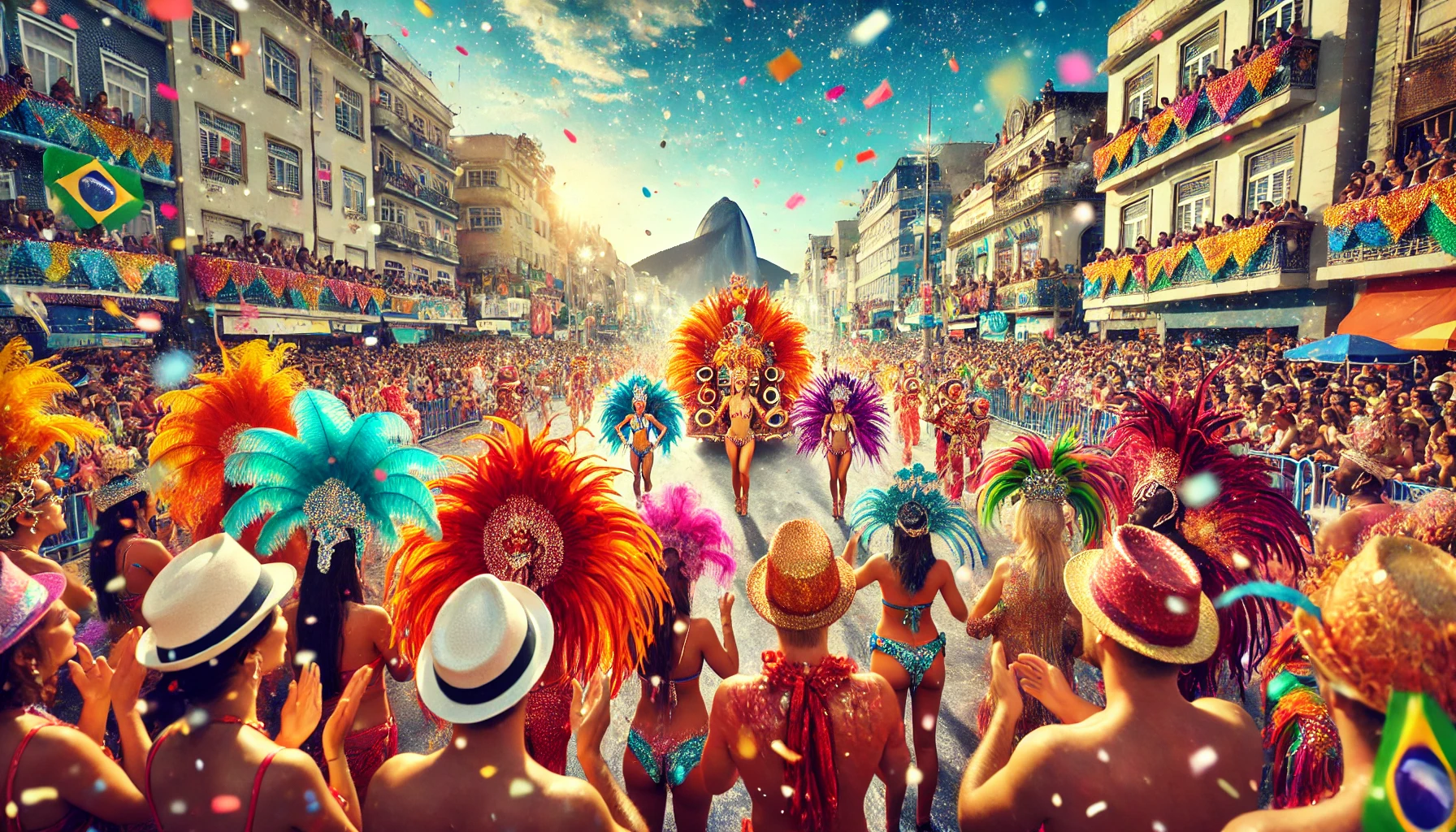
The Carnival in Rio de Janeiro is not just an event; it is a vibrant explosion of culture, music, and dance that captures the heart and soul of Brazil. As one of the most famous festivals in the world, Rio’s Carnival draws millions of visitors each year, all eager to witness the mesmerizing spectacle of samba parades, flamboyant costumes, and non-stop celebrations. This article delves into the various facets of the Carnival, exploring its history, the essence of samba, the grandeur of the parades, and tips for those looking to experience this unforgettable event.
The Rich History of Rio’s Carnival
The origins of Rio de Janeiro’s Carnival date back to the 18th century, rooted in the Portuguese tradition of “Entrudo,” a festival where people would engage in water fights and other playful activities before the onset of Lent. Over time, the celebration evolved, incorporating elements from African and Indigenous cultures, which significantly shaped the Carnival as we know it today. The blend of these cultural influences led to the creation of samba, the heartbeat of the Carnival, which emerged from the Afro-Brazilian communities in the early 20th century.
As the popularity of the Carnival grew, so did the complexity and scale of its celebrations. By the 1920s, samba schools began to form, each representing different neighborhoods or communities, and these schools became the backbone of the Carnival’s parade culture. The first official samba parade took place in 1932, marking the beginning of a tradition that would become the centerpiece of Rio’s Carnival.
Today, the Carnival in Rio is a massive spectacle that lasts for five days, attracting people from all over the world. It is a celebration of Brazilian identity, a fusion of history, culture, and art that showcases the diversity and creativity of the Brazilian people.
The Magic of Samba: The Heartbeat of Carnival
Samba is more than just a dance or a genre of music; it is the lifeblood of Rio de Janeiro’s Carnival. With its infectious rhythm and vibrant energy, samba embodies the spirit of the festival, bringing people together in a celebration of life and joy. The origins of samba can be traced back to the Afro-Brazilian communities in Bahia, where it was developed as a form of cultural expression and resistance against colonial oppression.
Over time, samba evolved and spread throughout Brazil, becoming a symbol of national pride and identity. In Rio, samba took on a unique form, influenced by the city’s multicultural landscape. The creation of samba schools, or “escolas de samba,” was a pivotal moment in the history of the Carnival, as these schools became the driving force behind the grand parades that define the event.
Each samba school is responsible for creating a parade that includes music, dance, costumes, and elaborate floats, all centered around a specific theme. The preparation for these parades takes months, with thousands of participants working tirelessly to perfect their performances. The result is a breathtaking display of artistry and passion, where the rhythm of samba pulsates through the streets of Rio, captivating everyone who experiences it.
For those who want to truly immerse themselves in the Carnival, learning to dance samba is a must. Many samba schools offer classes to tourists, allowing them to experience the joy of samba firsthand and participate in the parades. Whether you’re a seasoned dancer or a beginner, the infectious energy of samba is sure to sweep you off your feet.
The Spectacular Parades: A Feast for the Senses
The highlight of Rio de Janeiro’s Carnival is undoubtedly the samba parades, which take place at the Sambadrome, a specially constructed stadium designed to host the event. These parades are a dazzling display of color, movement, and sound, where samba schools compete against each other to win the coveted title of Carnival champion.
Each samba school presents a parade that is meticulously planned and executed, with every detail carefully crafted to create a cohesive and captivating performance. The parades are judged on various criteria, including the quality of the music, the choreography, the costumes, the floats, and the overall presentation. The competition is fierce, with each school striving to outdo the others and leave a lasting impression on the judges and the audience.
The costumes worn by the performers are a highlight of the parades, featuring intricate designs adorned with feathers, sequins, and beads. These costumes are often inspired by the theme of the parade and reflect the creativity and craftsmanship of the samba school. The floats are equally impressive, with some reaching towering heights and featuring moving parts, lights, and even performers.
The energy of the parades is infectious, with the rhythm of the samba music filling the air and the performers dancing with unbridled enthusiasm. The audience, both locals and tourists, join in the celebration, dancing, singing, and cheering for their favorite samba schools. The atmosphere is electric, as the entire city comes alive with the spirit of Carnival.
Tips for Experiencing Rio’s Carnival Like a Local
Attending the Carnival in Rio de Janeiro is a once-in-a-lifetime experience, but to make the most of it, it’s important to plan ahead and immerse yourself in the local culture. Here are some tips to help you experience the Carnival like a true Carioca:
- Book Early: Carnival is one of the busiest times of the year in Rio, and accommodations can fill up quickly. It’s essential to book your hotel or Airbnb well in advance to secure a good location and avoid high prices. Staying in neighborhoods like Copacabana, Ipanema, or Lapa will put you close to the action and provide easy access to the parades and other festivities.
- Join a Bloco: Blocos are street parties that take place throughout the city during Carnival, and they are a fantastic way to experience the local culture. Each bloco has its own unique vibe, with some featuring traditional samba music, while others may focus on funk, reggae, or other genres. Joining a bloco is a great way to dance, meet new people, and enjoy the festive atmosphere.
- Dress for the Occasion: Carnival is all about expressing yourself, so don’t be afraid to go all out with your outfit. Whether you choose to wear a costume, paint your face, or simply dress in bright colors, the key is to have fun and embrace the spirit of the festival. Many people also wear masks, hats, and other accessories to add to the festive vibe.
- Stay Safe: While Rio’s Carnival is a time of celebration, it’s important to stay vigilant and take precautions to ensure your safety. Keep an eye on your belongings, avoid carrying large amounts of cash, and stick to well-lit, crowded areas. It’s also a good idea to travel in groups and be aware of your surroundings, especially at night.
- Learn Some Portuguese: While many people in Rio speak English, especially in tourist areas, knowing a few basic phrases in Portuguese can go a long way in enhancing your Carnival experience. Locals will appreciate your effort, and it will make it easier to navigate the city, order food, and participate in the festivities.
By following these tips, you’ll be able to experience the Carnival in Rio de Janeiro to the fullest, creating memories that will last a lifetime. Whether you’re dancing in the streets, watching the samba parades, or simply soaking in the vibrant atmosphere, the Carnival is an event that truly embodies the joy and passion of Brazil.
In conclusion, the Carnival in Rio de Janeiro is a celebration like no other, a dazzling display of culture, music, and dance that captures the essence of Brazil. From the rich history of the festival to the magic of samba and the spectacular parades, every aspect of the Carnival is infused with energy and creativity. By immersing yourself in the local culture and embracing the spirit of the festival, you can experience the Carnival in all its glory and take home memories that will last a lifetime. Whether you’re a seasoned traveler or a first-time visitor, the Carnival in Rio is an event that should be on everyone’s bucket list.



